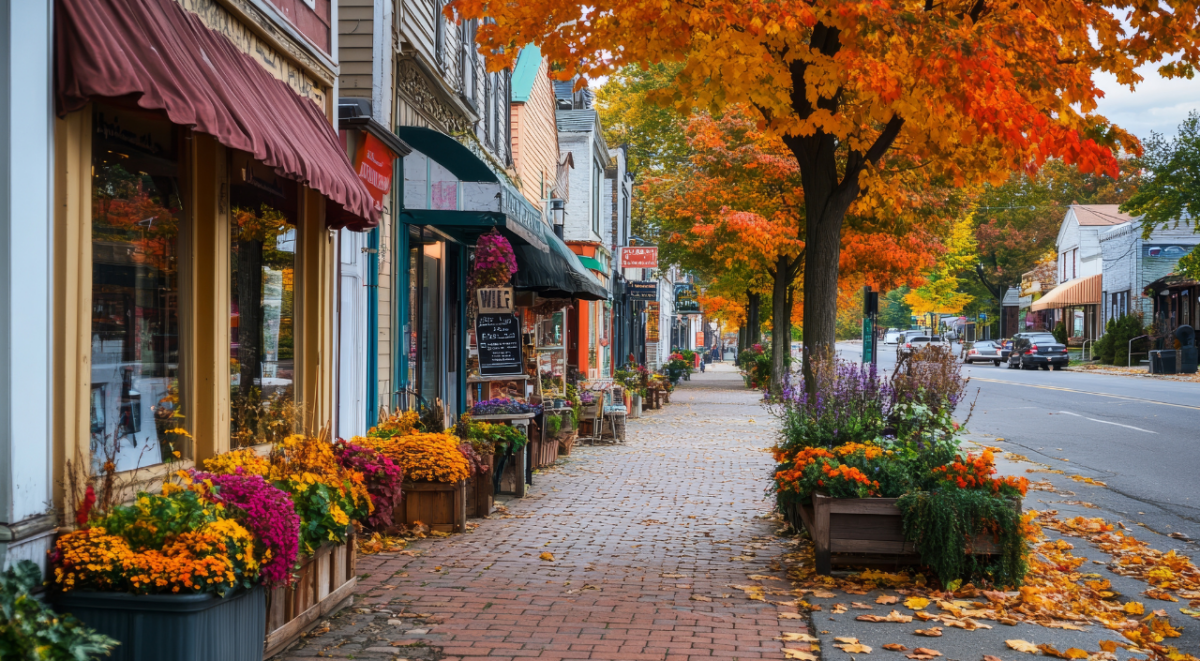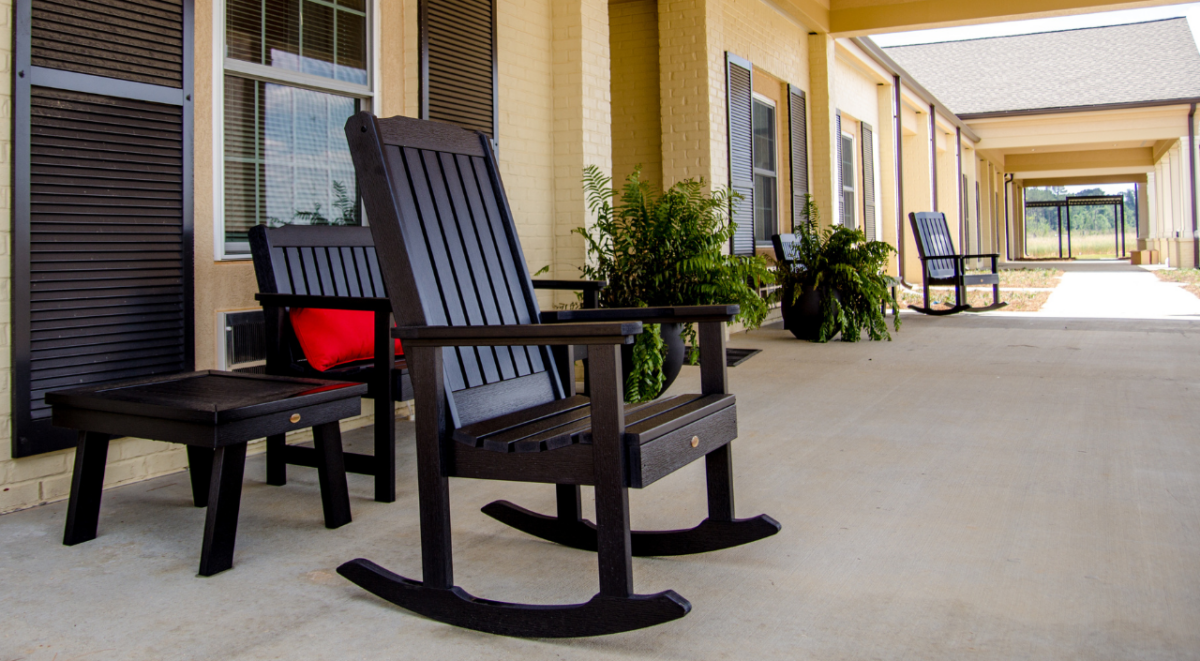How the U.S. Department of Agriculture Helps Non-Agricultural Businesses
The U.S. Department of Agriculture (USDA) is the federal executive department that oversees the development and application of federal laws related to farming, forestry, rural economic development, and food. Agricultural businesses are those involved in the farming, production, management, and sales and marketing of agricultural commodities like livestock and crops. They can include companies involving such things as ranching, conservation, and resource management, among others. As part of its mission to promote rural economic development, the USDA offers a variety of lending programs that help support these kinds of businesses. But many are often surprised to learn how the USDA also helps a broad range of non-agricultural businesses through initiatives like its Rural Development Business & Industry (B&I) Loan Program.
What is the USDA Rural Development Loan Program?
The Rural Development Program, also known as the “OneRD Guarantee Loan Initiative”, was developed by the federal government to promote commercial lending to help create or save jobs in rural areas, and, ultimately, increase prosperity in these places. The OneRD program works by providing USDA-backed loan guarantees to lenders, which encourages them to loan more to credit-worthy rural business owners and entrepreneurs.
USDA commercial loans boast many outstanding benefits for participants including high loan amounts, competitive interest rates, extended repayment terms, favorable credit and collateral requirements, and availability across a wide geographic area. But perhaps more than any other aspect of the program, the diversity of the qualifying business types and uses for the loans, including by non-agricultural businesses, may be its most appealing – and surprising – feature. Before we detail this aspect of the program, let’s back up, and take a closer look at its other attributes.
High Loan Amounts from $2 Million to $40 Million
One of the key benefits of USDA B&I Loans is the high loan limits it offers. Funding amounts for B&I Loans can range from $2 million to $25 million, and even up to $40 million for certain cooperatives. Other programs under the OneRD umbrella, such as those targeted to Water & Waste Disposal or Community Facilities can go up to as much as $50 million and $100 million, respectively.
Appealing Loan Terms and Interest Rates
Interest rates for B&I Loans are highly competitive. They can be fixed or variable and are typically tied to the WSJ Prime Rate +1-3%. Loan terms depend upon the use of the funds and can range from 15 and 30 years. Some Community Facilities Loans even can extend to 40 years. Loan guarantee percentages are set by lenders. North Avenue Capital, America’s #1 USDA B&I Lender, provided an 80% loan guarantee for most B&I loans it underwrote in 2021. Additional fees include an application and a guarantee fee of 2%.
Reasonable Credit and Collateral Requirements
Credit requirements for USDA B&I Loans are very reasonable. As collateral-backed loans, borrowers must be able to provide sufficient collateral (cash, fixed assets, equipment, real estate, discounted consistent with established LTV practices) to back the loans on a 1:1 basis. In addition, the borrower must possess a minimum credit score of 680 and a good credit history with good payment history and low credit utilization. The better the credit history, the lower the interest rates that may be offered.
The Surprising Reach of “Rural Communities” in America
While all USDA OneRD Loan programs are designed to stimulate economic development and, ultimately, improve the quality of life in rural communities, many business owners are often surprised to learn exactly what “rural” means. The USDA defines rural areas as any city, town, or community with 50,000 or fewer residents. This includes suburban areas that may be adjacent to, but just outside of, a much larger metro area. In fact, this represents 97% of all American towns. Even better, businesses with headquarters in larger metro areas may still be eligible, provided the project (branch, division, etc.) that they are funding is in a qualifying community.
USDA Help for Non-Agricultural Businesses
Many business owners and entrepreneurs might assume that even with the USDA’s broad definition of “rural areas” and widespread geographic availability of OneRD Loans, the program targets farmers and other agricultural businesses, exclusively. However, this could not be further from the truth.
In fact, from the onset, the B&I Loan Program was structured almost exclusively for non-agricultural businesses. Why? Because the USDA already has numerous other programs in place for agricultural businesses and has for years. The B&I Loan Program was designed specifically to encourage economic development by offering support to a more diverse range of non-agricultural businesses and uses.
Since launching, the program’s success has continued to expand to the point that even some certain agricultural uses have been added back in. So, what kinds of businesses are eligible to apply for Rural Development loans today, and how can borrowers use these funds? Well, the shortlist looks like this:
Eligible Borrowers for OneRD B&I Loans:
- New or existing businesses
- For-profit or nonprofit organizations
- Non-agricultural businesses
- Individuals, partnerships, co-ops
- Franchises
- Publicly traded companies
- Public bodies and municipalities
- Federally recognized Native American tribes
- Certain agricultural producers who are not eligible for USDA Farm Service Agency Loans
Eligible Business Types including, but Not Limited to:
- Manufacturing
- Retail
- Business Services
- Entertainment
- Hospitality
- Technology
- Construction
- Commercial real estate
- …and many more
What Can OneRD Funds Be Used For?
- Business development, expansion, conversion, repair or modernization
- Purchase of equipment, supplies and inventory
- Acquisition and development of land, buildings and infrastructure for commercial or industrial properties
- Debt refinancing (if used to improve cash flow or create jobs)
- Business and industrial acquisitions (when the loan will help save or create jobs)
- Construction of community facilities (under the Community Facilities Loan Program)
Eligible Community Facilities Projects (Under the Community Facilities Loan Program)
- Hospitals
- Health care facilities and service providers
- Fire and rescue Facilities
- Other public safety facilities and services
- Community, public, social, educational, or cultural facilities and service providers
- Transportation facilities (bridges, roads, ports, airports)
- Utility projects
- Certain telecommunications equipment related to public safety, medical or educational uses
- Water infrastructure (levees, dams, reservoirs, inland waterways, canals and irrigation systems)
- Renewable energy systems
Despite what business owners and entrepreneurs might assume about a commercial lending program offered through the U.S. Department of Agriculture, the OneRD Rural Development Program exists primarily to help support the development of a broad range of non-agricultural businesses, across America.
Contact North Avenue Capital today to talk to one of our lending experts about USDA Rural Development Loans. We can help you learn more about USDA B&I Loans and how these programs can help you get the capital you need to get your business off the ground or continue growing. North Avenue Capital has offices in Northeast Florida, Nevada, Arkansas, Georgia, Tennessee, and Texas, but we partner in all 50 states and U.S. territories for USDA loans.


